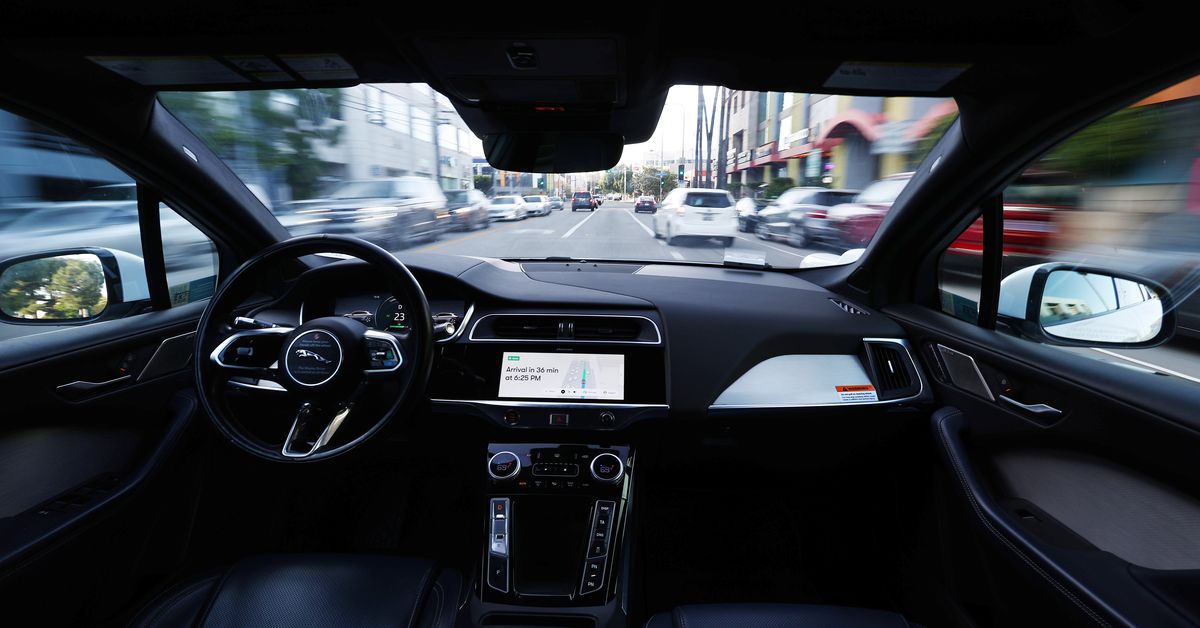While its rivals struggle with perpetual testing and dry coffers, Waymo has quietly built a legitimate robotaxi business that continues to grow and evolve. The company has recently showcased some impressive numbers that underscore its leadership position in the industry.
4 Million Driverless Rides in 2024: A Record-Breaking Year
Waymo has provided an astonishing 4 million driverless rides in the three cities where it operates: Phoenix, San Francisco, and Los Angeles. What’s more remarkable is that nearly all of its growth took place this year alone. The company has also reached a total of 5 million driverless rides in its key markets.
Expanding Service Area and Plans for Future Growth
Waymo’s service area may be small but growing, covering approximately 500 square miles across the three main cities, as well as Austin, where it is still operating with a waitlist. The company has plans to launch in Atlanta and Miami and will also test its vehicles in Japan.
Impressive Statistics: Hours Spent in Autonomous Vehicles
Riders spent a cumulative 1 million hours in Waymo’s autonomous vehicles. Since switching over to electric vehicles, the company has helped avoid an impressive 6 million kilograms of CO2 emissions (Assuming an avoided emissions rate of 237g / passenger mile, vehicle occupancy of 1.5 passengers, and average trip length of 4.1 miles).
Personalized Year in Review for Waymo Customers
Today, every Waymo customer will receive their own personalized Year in Review through the company’s Waymo One app. Think of it as a Spotify Wrapped for fully driverless vehicles. They’ll see their own stats, including:
- Miles traveled
- Emissions avoided
- Favorite destinations
- And more
Most Popular Destinations in Each City
The most popular destinations in each city this year were:
- Sky Harbor International Airport in Phoenix (and only started providing 24/7 service to the airport in August 2024)
- The Ferry Building in San Francisco
- The Grove shopping center in LA
Airports: A Major Source of Revenue for Human-Powered Ridehail Companies
The fact that Waymo has facilitated 4 million trips in three cities, while only serving one airport, is a testament to the company’s future prospects as its technology continues to mature. Airports are a major source of revenue for human-powered ridehail companies like Uber and Lyft.
Challenges Ahead: Regulatory and Financial Pressures
Waymo is facing an uncertain future with mounting regulatory and financial pressures. Tariffs on Chinese vehicles and software could stymie its growth plans. President-elect Donald Trump’s plans to establish a regulatory framework for AVs are also unclear. Lowering costs will become increasingly important for Waymo as it looks to expand to new cities.
Alphabet’s Support: A $5.6 Billion Funding Round
Alphabet doesn’t break out Waymo’s costs in its earnings report, but its ‘Other Bets’ unit, which includes the robotaxi company, brought in $388 million in revenue in the third quarter of 2024, up from $297 million a year ago. The unit’s losses decreased slightly to $1.12 billion from $1.94 billion in the year-earlier period. Alphabet recently led a $5.6 billion funding round for Waymo to help it cover costs as it eyes its next phase of growth.
Pricing and Expansion Challenges
As Waymo grows, pricing will become a bigger challenge. So far, Waymo has settled into the ‘premium’ tier of ridehail services like Uber Black. Those retrofitted Jaguar I-Pace vehicles cost a lot to equip with all the sensors and hardware that help them navigate the roads autonomously. The 175,000 trips a week that Waymo is doing aren’t nearly enough to recoup those costs.
Types of Service: Expanding to New Markets
Another challenge will be expanding the types of service it provides. Right now, it’s only providing trips to one airport, in Phoenix. It will need to expand in its current and future markets if it wants to remain a viable mobility option. And it will need to get more comfortable riding on the highway, which it only does in limited cases.
Safety: A Major Hurdle
Safety is also a big hurdle for Waymo. While the company has made significant progress in this area, there are still concerns about the reliability and safety of its autonomous vehicles. Waymo may need to invest more resources in addressing these concerns if it wants to continue growing.
Conclusion: A Bright Future Ahead
Despite the challenges ahead, Waymo is well-positioned for continued growth and success. Its leadership position in the industry, impressive statistics, and support from Alphabet make it an attractive player in the robotaxi market. With its ability to customize rides and set a high standard for customer experience, Waymo may be able to propel itself to another huge year in 2025.
Update: December 18th
A previous version of this story said Waymo customers spent 11 million hours riding in its vehicles. The correct figure is 1 million.
